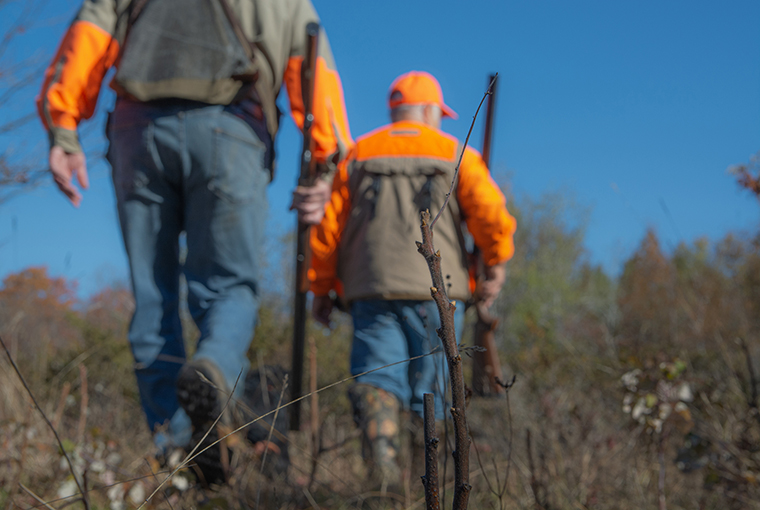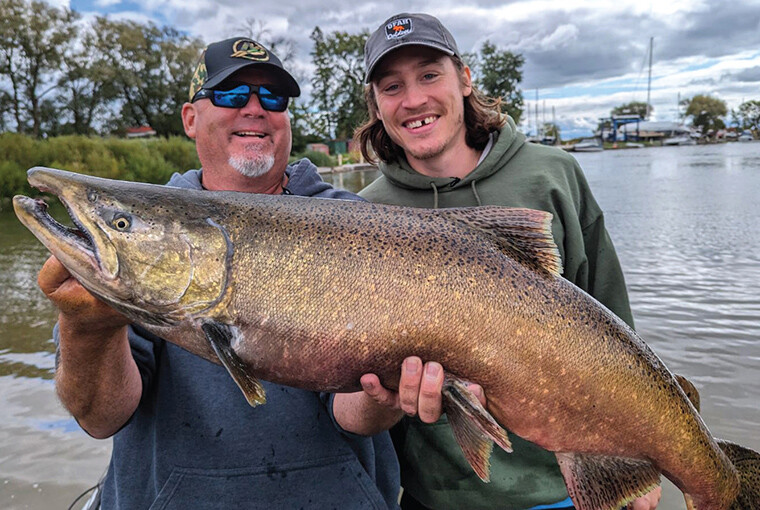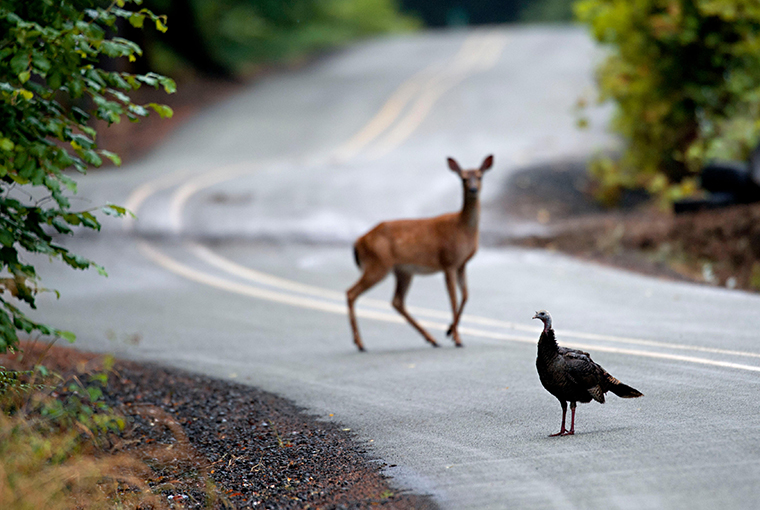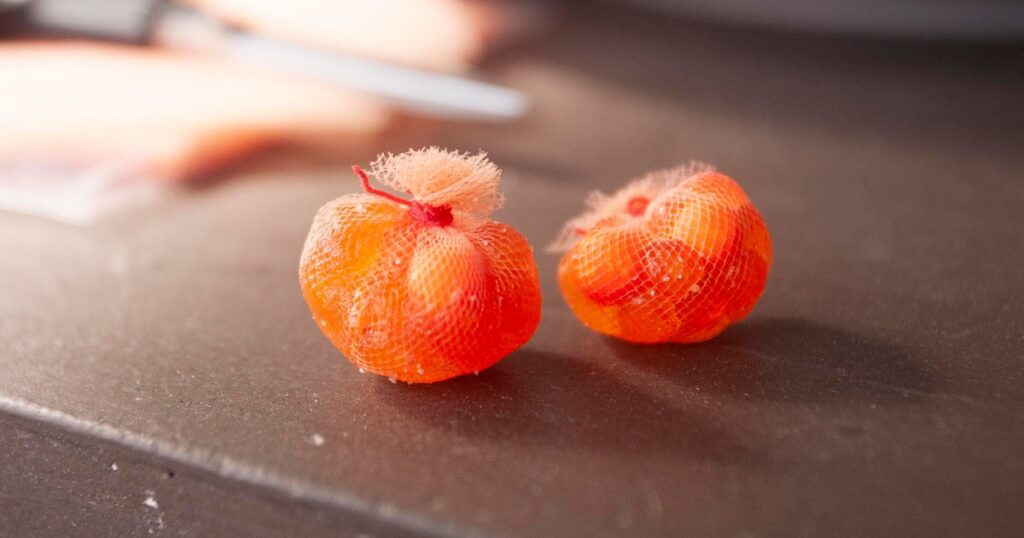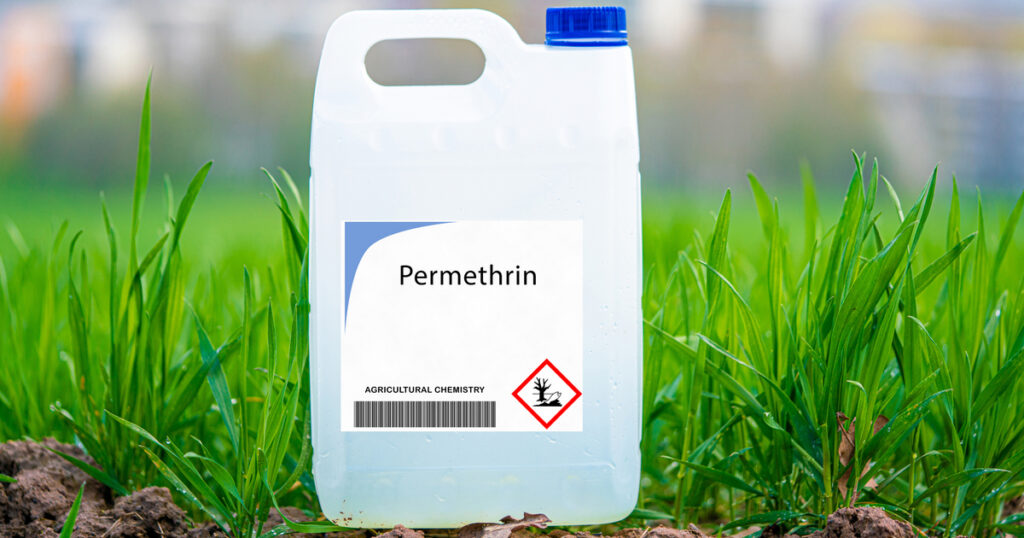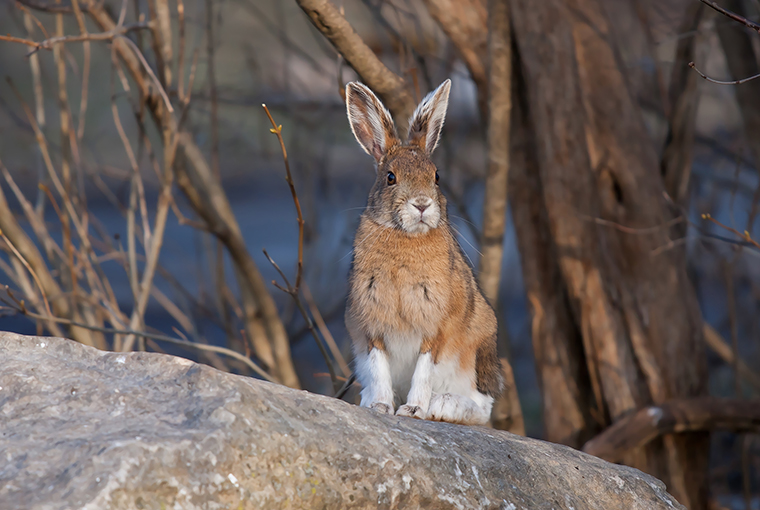3 minutes | Hunting
The appeal of a 28-gauge shotgun
The 28-gauge shotgun is making a well-deserved comeback—and it might be the perfect addition to your gun safe.
Get Reading & Watching
Read our most popular stories.
Make your own roe bags
Step-by-step guide on how to make roe bags from leftover roe for ice fishing or drifting by OOD's Jason Bain.
Read moreThe permethrin problem
Permethrin remains unavailable in Canada due to delays caused by a lengthy approval process blocking its market entry.
Read MoreFebruary 2025 solunar calendar
The February 2025 solunar calendar is now available! Get the dates and times when fish and wildlife will be most active this month.
Read MoreOFAH is for all Ontarians
Our Mission: Uniting through Outdoor Lifestyles
Our mission is member-centric. When they are strong, our community is strong.Read our latest stories.
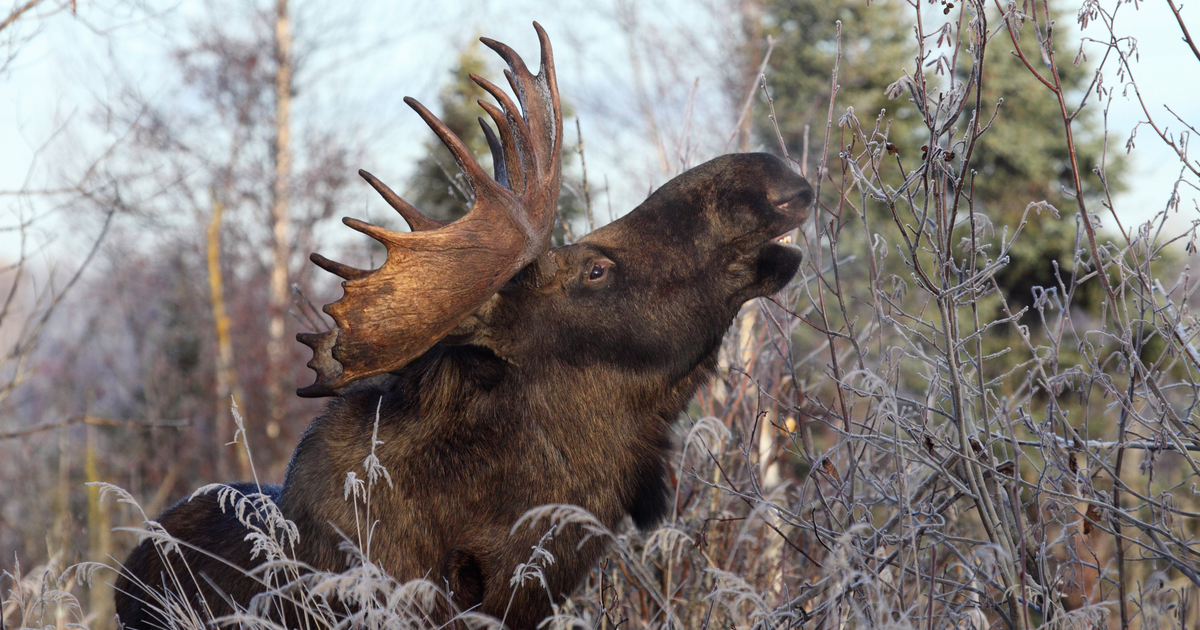
Ask a CO: Non-resident moose hunting
A reader asks if his brother, a non-resident hunter, can participate in the hunt if he doesn’t hold the tag.
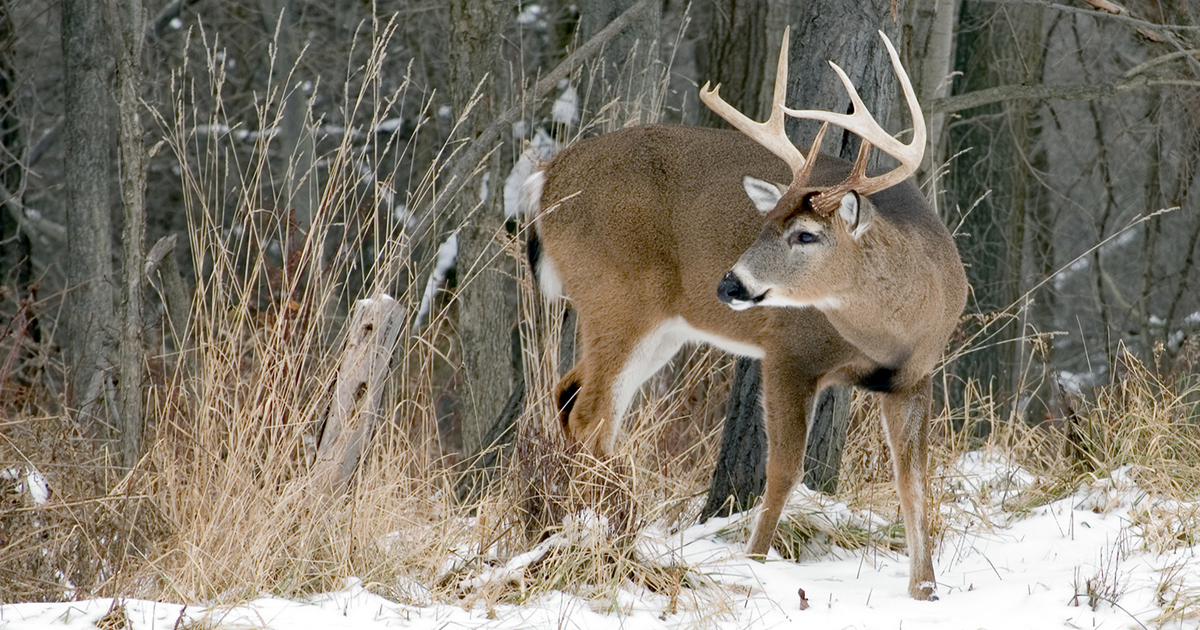
Ask a CO: Hunting under another licence
A reader asks if his son, who turns 15 in September, would be able to hunt under his licence, or would he need to put him in the draw.
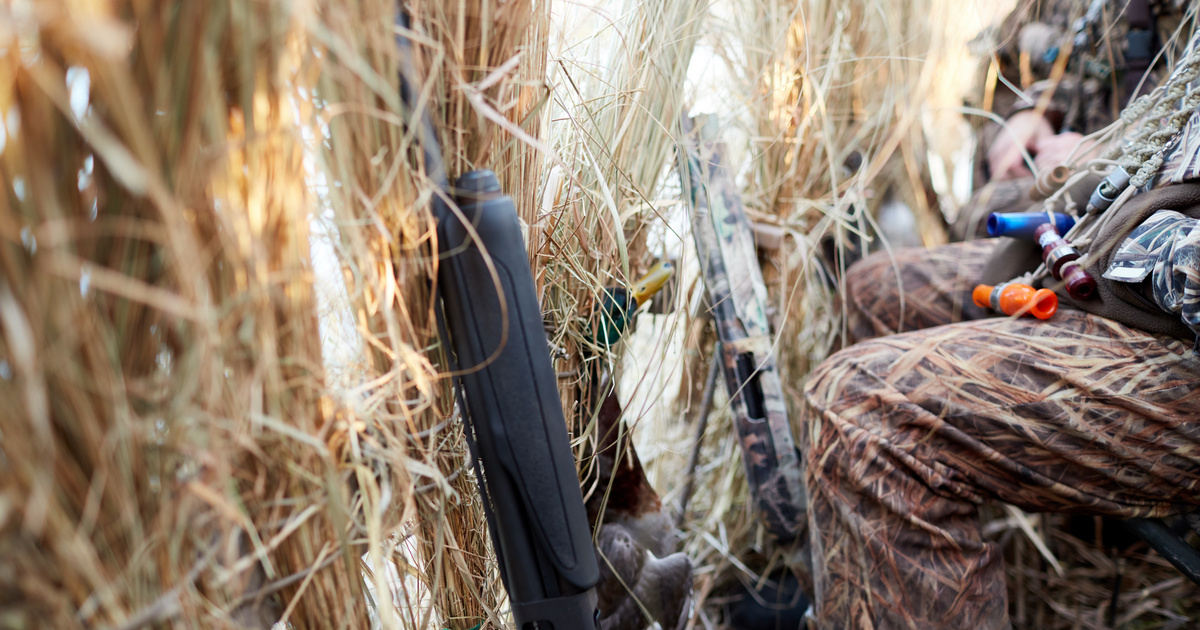
Ask a CO: On borrowing firearms
A reader asks if a hunter who has completed the hunter education course but not the firearms safety course can hunt under direct and immediate supervision without a firearms license.
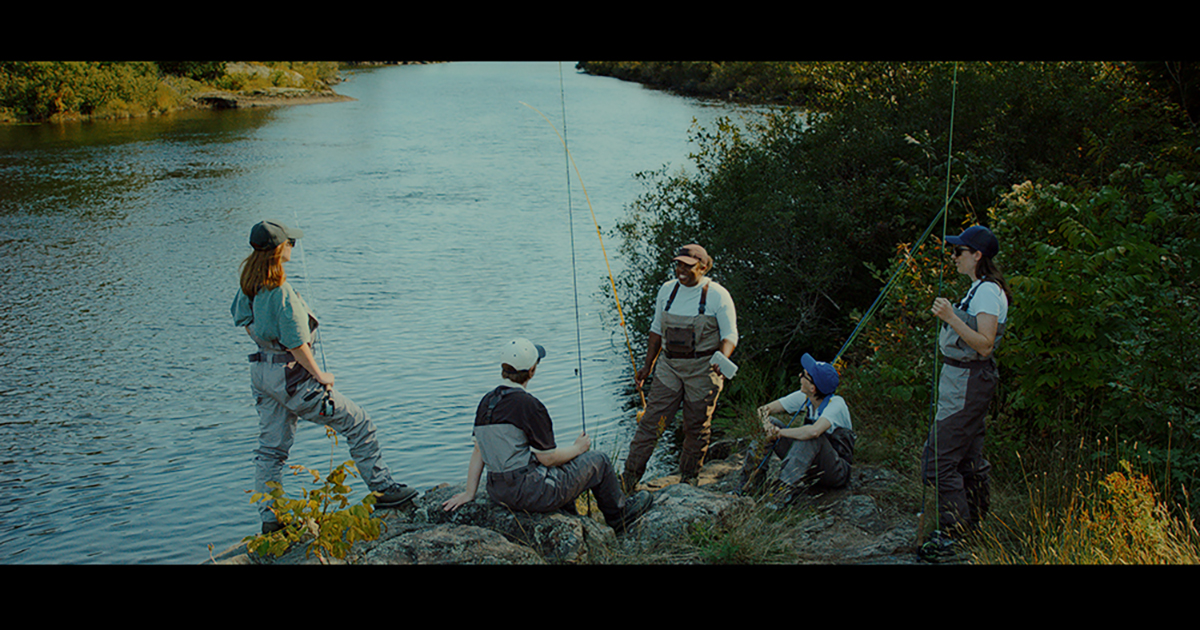
Getting hooked
Get Hooked is a six-part documentary series following the fishing excursions of four queer millennial women across Ontario.
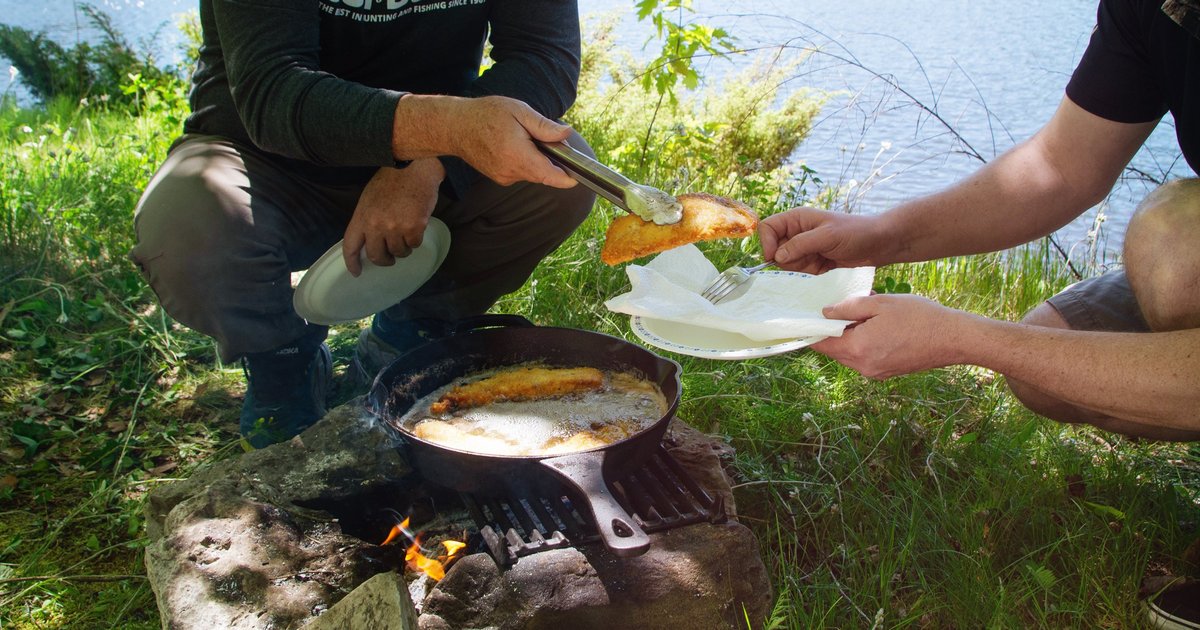
Three surefire shore lunch recipes
Three Ontario lodges share their favorite shore lunch fish recipes, all cooked over the fire with their own signature flavors and style.
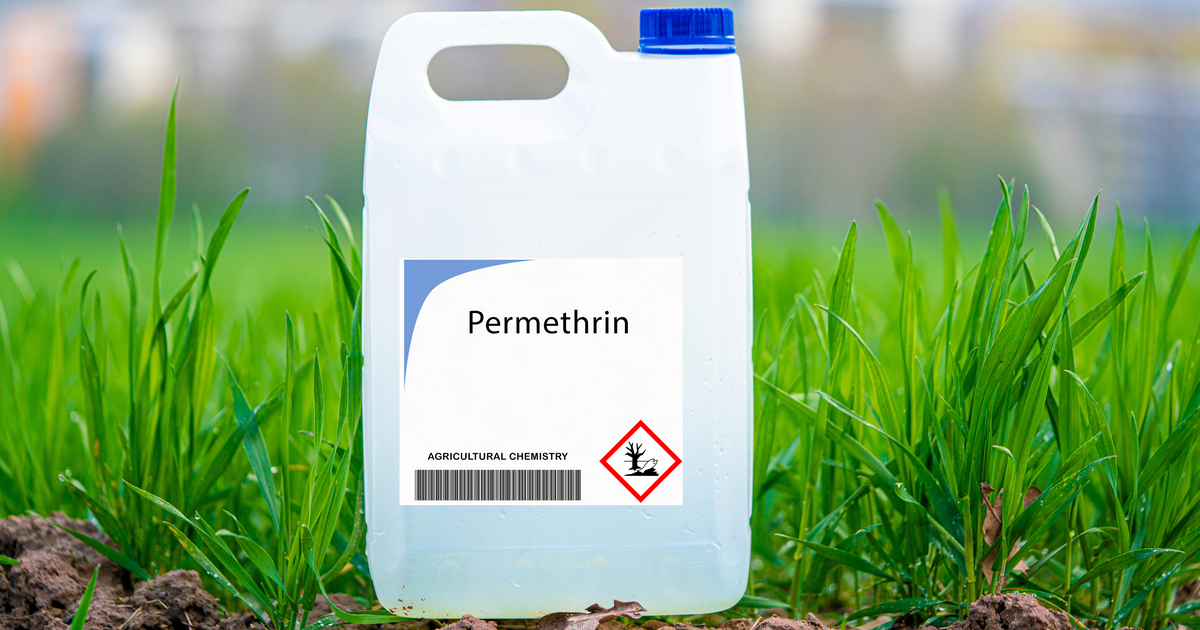
The permethrin problem
Permethrin remains unavailable in Canada due to delays caused by a lengthy approval process blocking its market entry.

